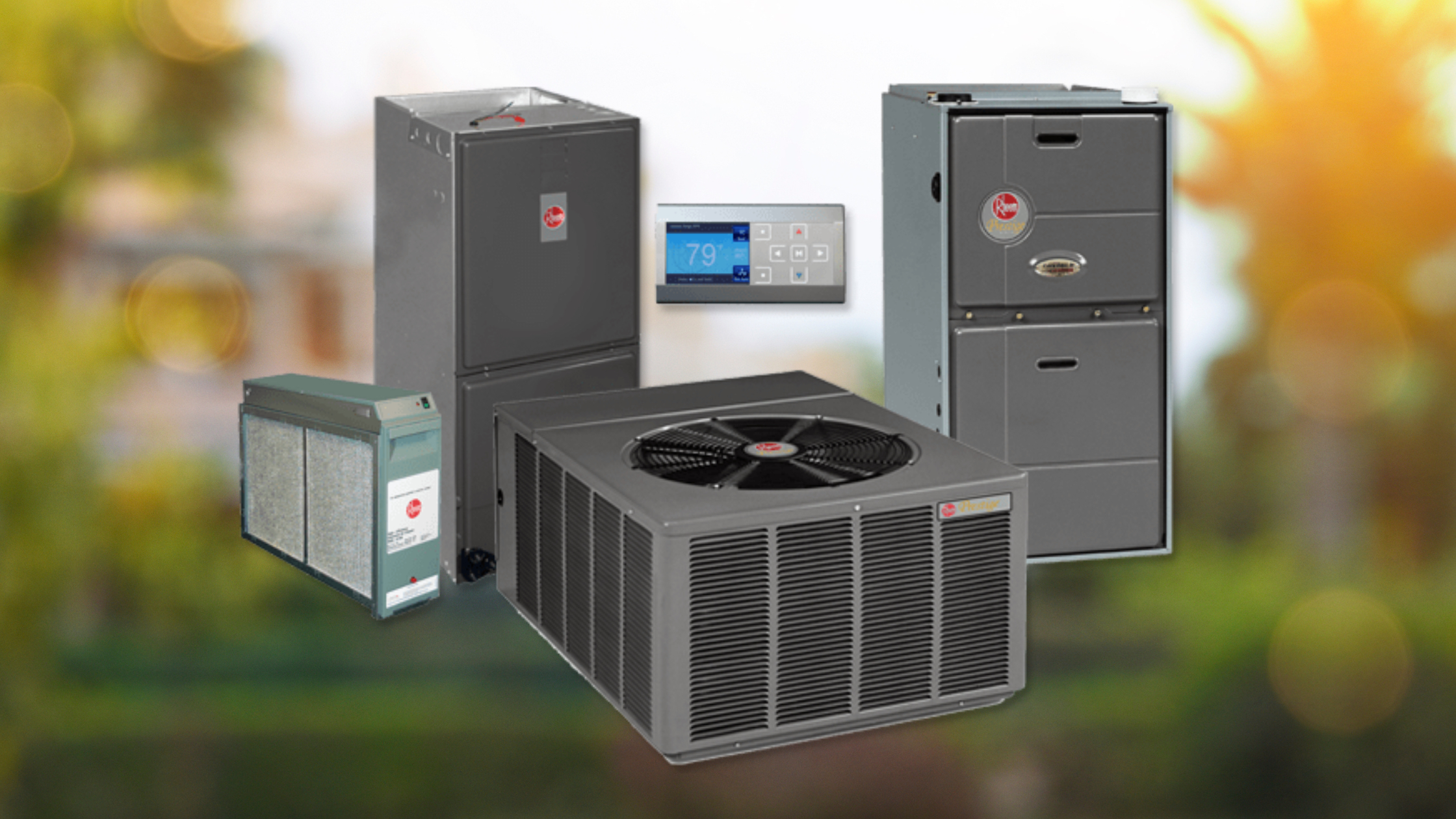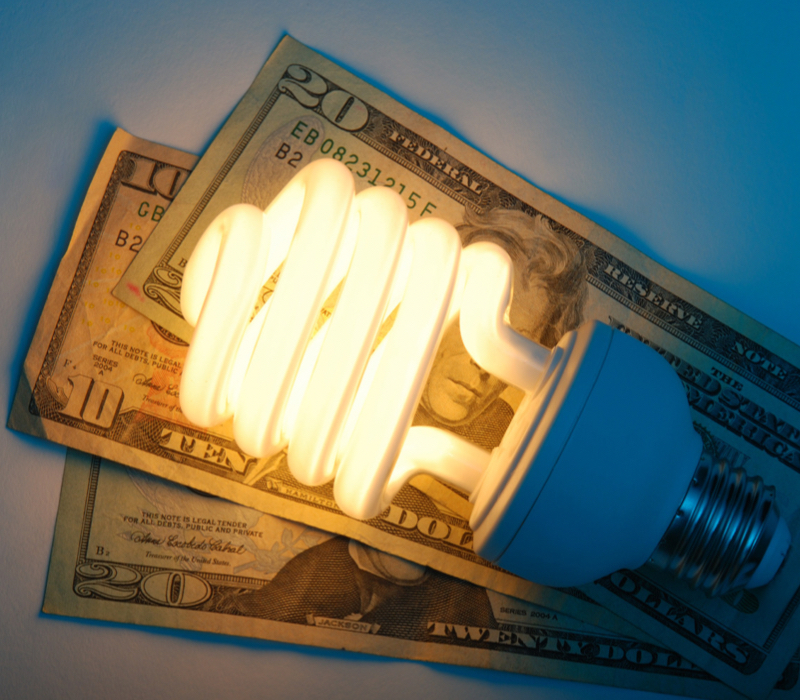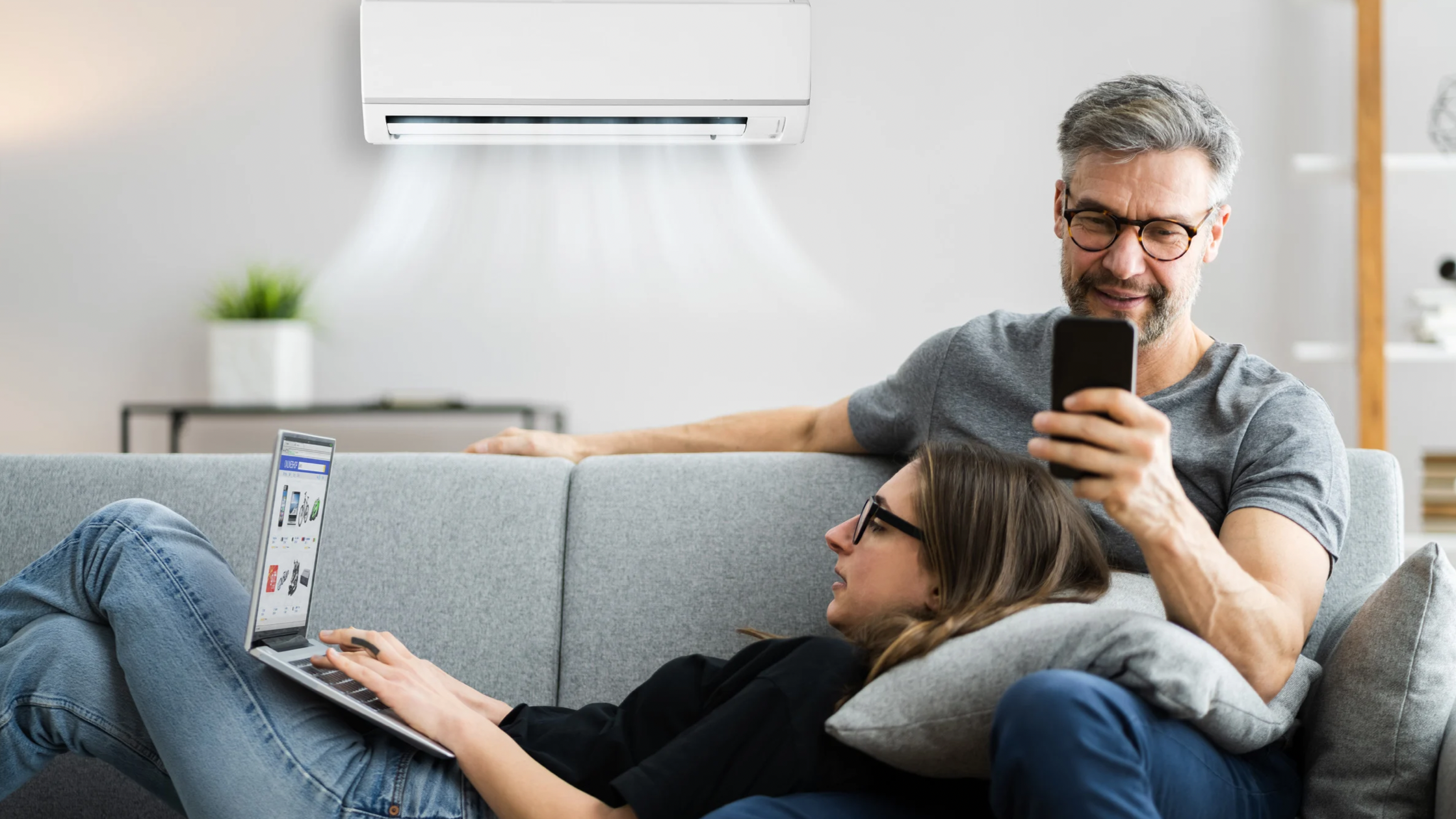Flooding and Your HVAC System
October 27, 2021How Do I Re-light My Pilot Light?
November 10, 2021
Accidents happen, whether the source is mother nature or a burst pipe, they will be problematic for your HVAC system. Contact Precision Tech to assess the damage. As unfortunate as it may be, there is still hope. Then, according to the level of damage, we determine if we need to replace the entire system or just certain components.
How does it work?
Prior to cleaning the system, the technician will isolate the area under negative pressure. Workers will comply with all OSHA standards and wear OSHA code regulators. The CDC has outlined a recommended eight-step procedure for cleaning a flooded HVAC system.- Remove all flood-contaminated insulation around and within HVAC system components. Discard it appropriately under applicable federal, state, and local regulations.
- Remove the contaminated HVAC filter media and discard it appropriately under applicable federal, state, and local regulations.
- Clean all flood-contaminated HVAC system component surfaces with a HEPA-filtered vacuum cleaner to remove dirt, debris, and microorganisms.
- Disinfect component surfaces while the HVAC system is not operating. Depending on the amount of debris, you may have to mechanically clean the components with a steam or a high-pressure washer before you disinfect them.
- Follow the disinfection with a clean water rinse.
- Replace the insulation – preferably with an external (e.g., not in the air stream) smooth-surfaced insulation to prevent debris from collecting.
- Make sure the HVAC fan is removed tested by a qualified professional before it’s put back.
- Consider an upgrade of the HVAC system filtration to the highest efficiency filters practical.


